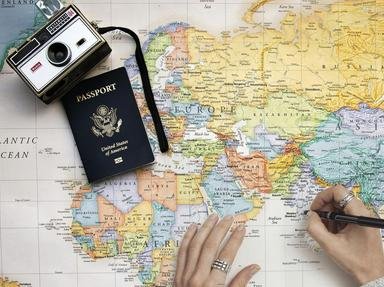
The Dying of the Light Trivia Quiz
In the days leading to the winter solstice, the Northern Hemisphere experiences the year's shortest daylight hours. Can you order these cities from the one with the fewest hours of daylight to the one with the most?
An ordering quiz
by LadyNym.
Estimated time: 3 mins.